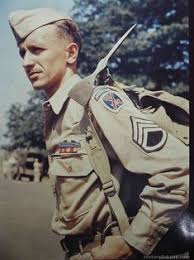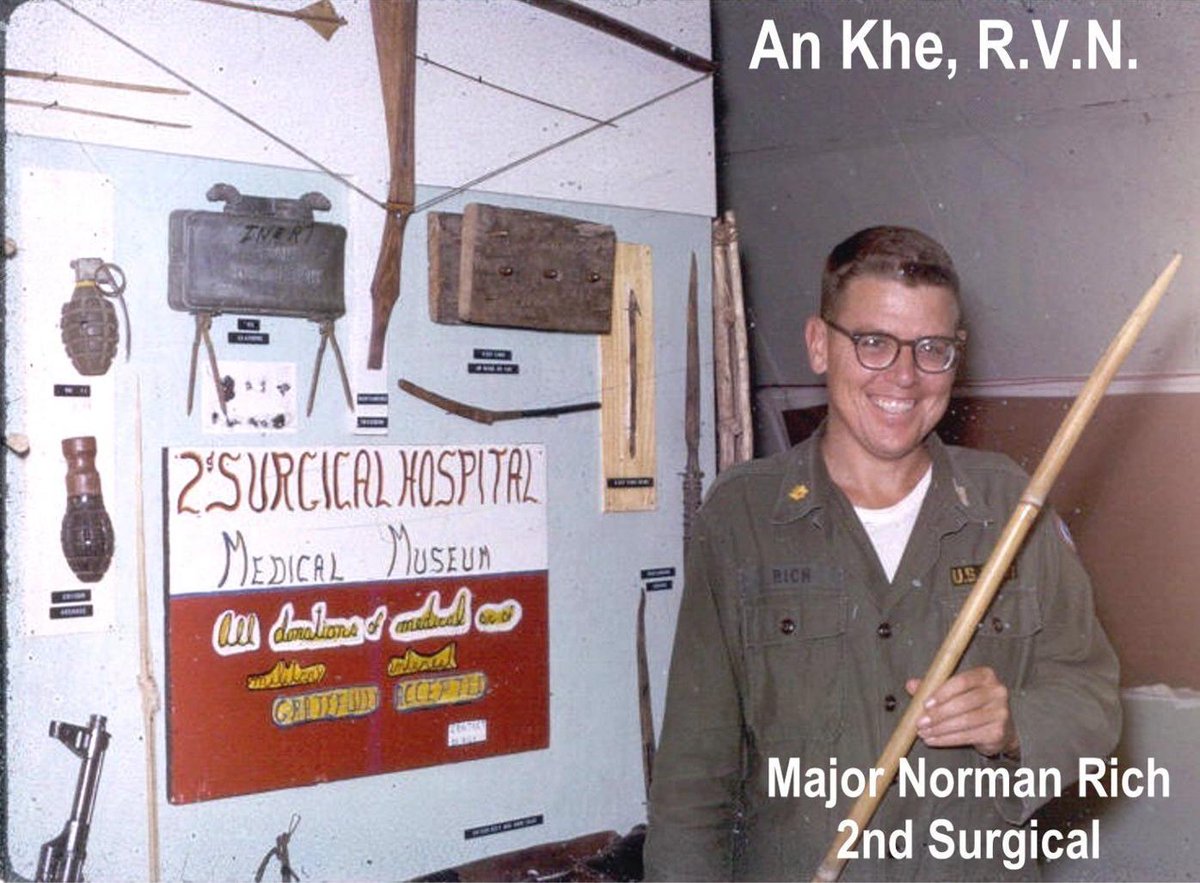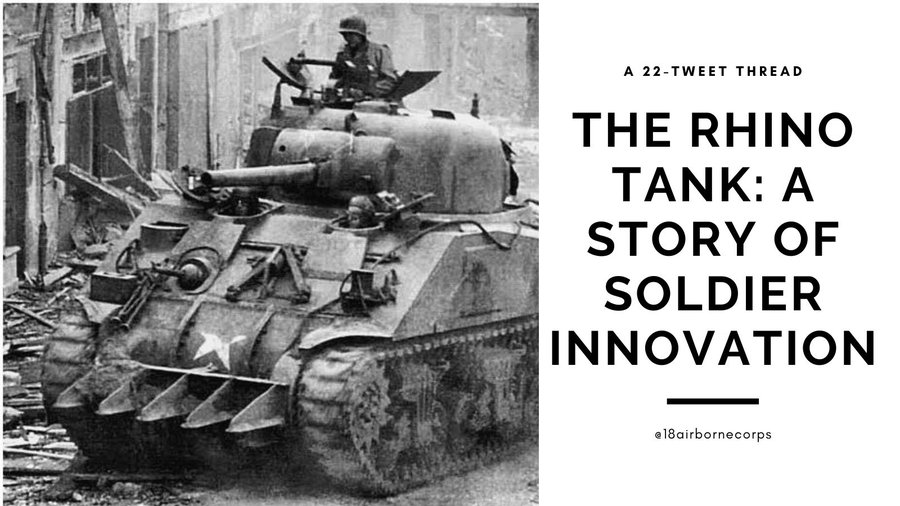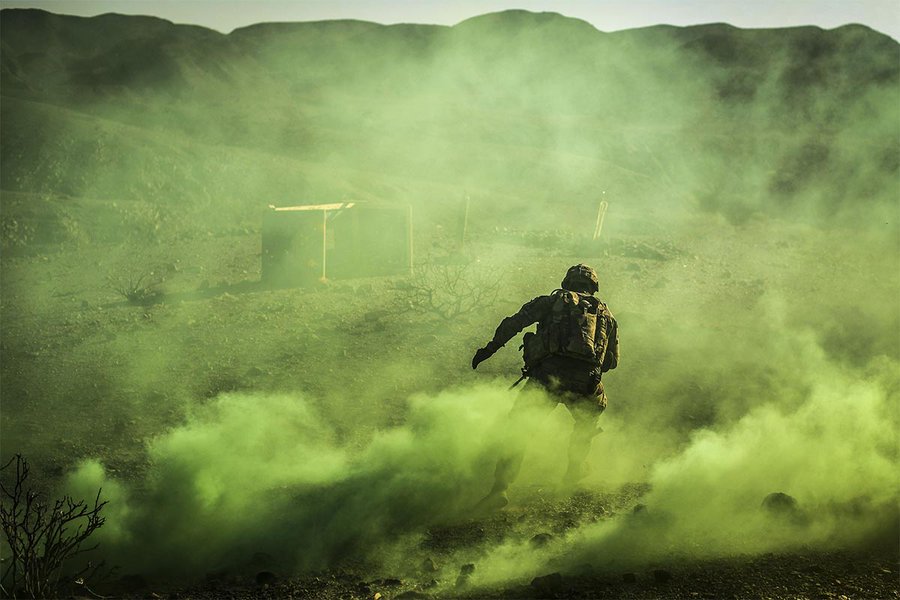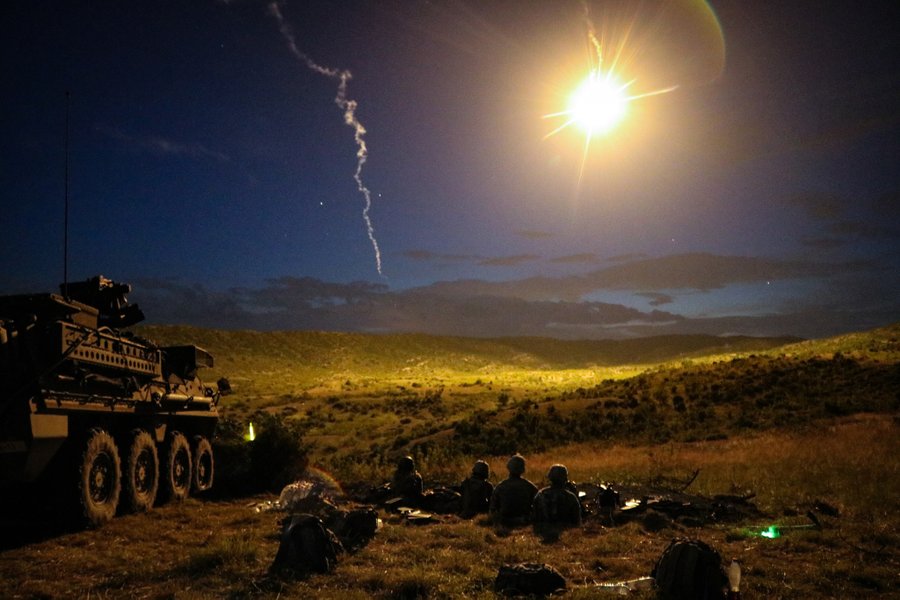
[1 of 7]
One thing we haven't mentioned at all lately: Dragon's Lair, Episode 3, which airs on Monday, Feb 22nd.
Every day until then, we're releasing a new story about Soldier-driven innovation that has transformed the way the @USArmy operates.
One thing we haven't mentioned at all lately: Dragon's Lair, Episode 3, which airs on Monday, Feb 22nd.
Every day until then, we're releasing a new story about Soldier-driven innovation that has transformed the way the @USArmy operates.

[2/7] One innovation developed by Soldiers out of necessity during combat: body armor
In the months after they were rushed onto the Korean Pen. to fight the North Koreans in June '50 after the surprise invasion of the South, dozens of US troops were fatally wounded from shrapnel
In the months after they were rushed onto the Korean Pen. to fight the North Koreans in June '50 after the surprise invasion of the South, dozens of US troops were fatally wounded from shrapnel
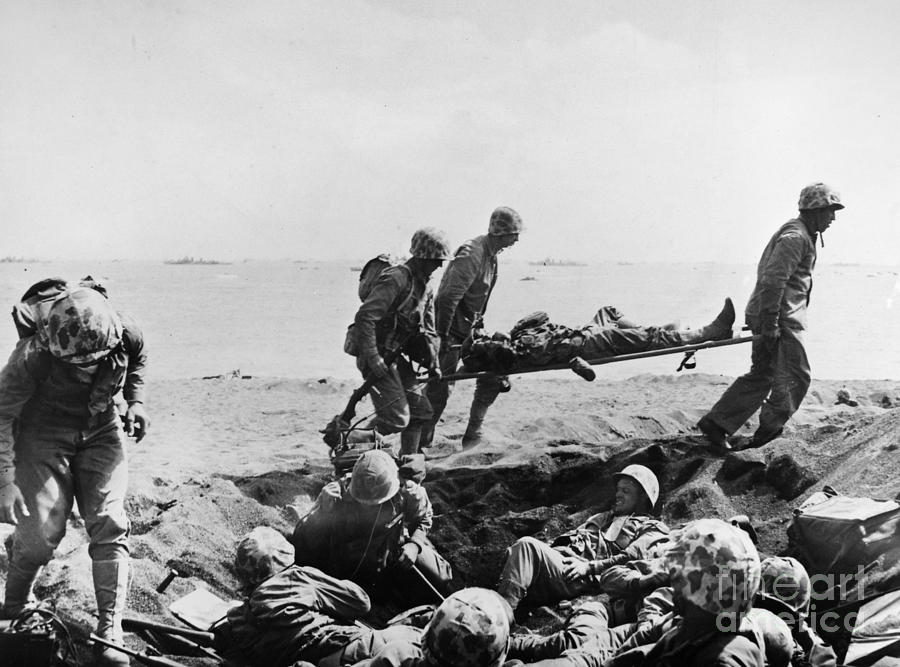
[3 of 7]
1st Lieutenant Rodney Brigg, a platoon leader with the 40th Infantry Division (this is the unit insignia), thought that a body-armor jacket made of nylon holding a curved armored plate would save many of his troops.
1st Lieutenant Rodney Brigg, a platoon leader with the 40th Infantry Division (this is the unit insignia), thought that a body-armor jacket made of nylon holding a curved armored plate would save many of his troops.

[4 of 7]
So he did something Dragon's Lair winners Evan Adams and Trevor Cross have done: built a prototype.
Key to Rodney's prototype: a curved armored plate that enabled the vest to conform with the contours of the body, allowing mobility and comfort.
So he did something Dragon's Lair winners Evan Adams and Trevor Cross have done: built a prototype.
Key to Rodney's prototype: a curved armored plate that enabled the vest to conform with the contours of the body, allowing mobility and comfort.

[5 of 7]
Rodney sent his prototype to the Department of the Army's Bureau of Medicine which, working with the Naval Research Lab in DC, developed a body armor capable of absorbing most shell fragments and (depending on the angle and range) some small arms fire.
Rodney sent his prototype to the Department of the Army's Bureau of Medicine which, working with the Naval Research Lab in DC, developed a body armor capable of absorbing most shell fragments and (depending on the angle and range) some small arms fire.

[6 of 7]
By 1952, the Army was sending thousands of these vests to units in Korea.
There is no accounting of how many Soldiers were saved death or serious injury from the body armor, but it is clear that these vests offered a significant measure of protection.
By 1952, the Army was sending thousands of these vests to units in Korea.
There is no accounting of how many Soldiers were saved death or serious injury from the body armor, but it is clear that these vests offered a significant measure of protection.

[END]
Today, thanks to Rodney Brigg, Soldiers are protected from shrapnel and small arms fire by increasingly more comfortable and effective body amor systems.
On Monday, February 22nd, during Dragon's Lair Episode 3, we'll find the next Soldier-Innovator to change the Army.
Today, thanks to Rodney Brigg, Soldiers are protected from shrapnel and small arms fire by increasingly more comfortable and effective body amor systems.
On Monday, February 22nd, during Dragon's Lair Episode 3, we'll find the next Soldier-Innovator to change the Army.

• • •
Missing some Tweet in this thread? You can try to
force a refresh



